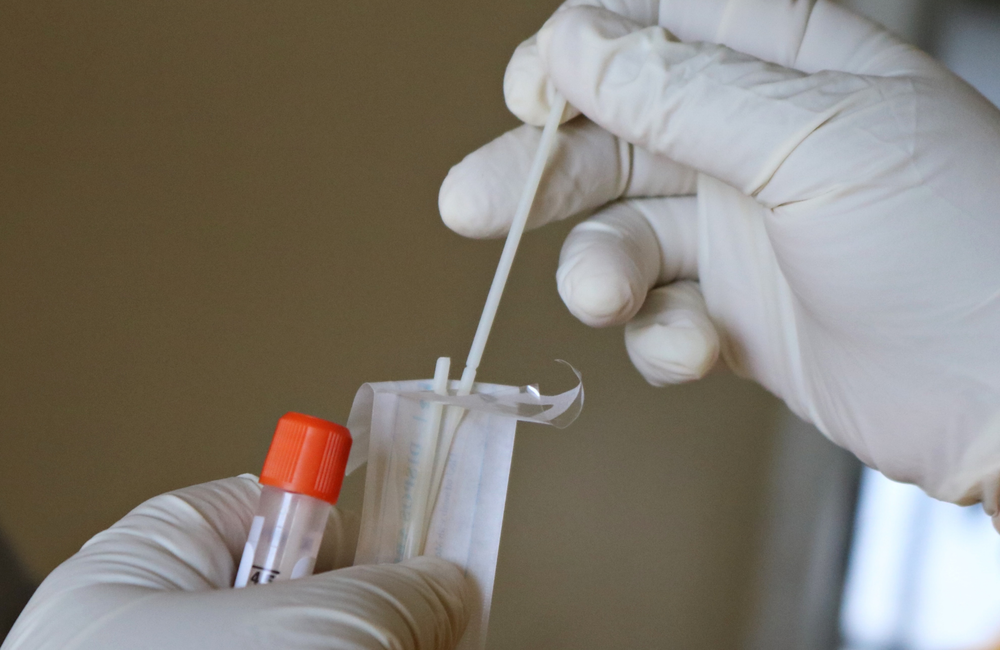
There are significant gaps in the provision of STI testing services in PrEP programmes, according to research published in the Journal of the International AIDS Society. Analysis of 91 separate programmes showed that 30% were not routinely testing for STIs either before treatment was started or at regular intervals thereafter. Screening rates were higher in wealthier settings than in low- and middle-income countries. Barriers to integrating STI testing included staff capacity and funding.
“This systematic review highlights the missed opportunities in providing STI testing within PrEP programmes,” comment the authors. “PrEP has been effective in reducing HIV at the population level, and if STI services can be integrated within all PrEP programmes, there is the potential to also control STI pandemics. Higher coverage and more frequent STI testing among high-risk individuals using PrEP and their partners could reduce STI prevalence.”
PrEP is a highly effective method of HIV prevention that is now available in 76 countries. The rollout of PrEP is linking an ever-increasing number of people at high risk of HIV and other STIs with medical services. This means that inclusion of routine STI screening in PrEP programmes could lead to the rapid diagnosis and treatment of infections such as gonorrhoea, chlamydia and syphilis, potentially decreasing their incidence and prevalence at a community level.
A team of investigators led by Dr Jason Ong of the London School of Hygiene and Tropical Medicine wanted to see if this is actually happening.
They therefore conducted a systematic review to identify studies of PrEP programmes and their STI services published before December 2020. The investigators also contacted programmes for further details regarding the provision of STI screening, including the barriers to including this in routine care.
Dr Ong and his colleagues identified 82 published and nine unpublished studies. These were conducted in 32 countries, with over two-thirds (69%) in high-income settings. The majority of programmes (64%) were targeted at gay and other men who have sex with men and transgender women.
STI screening before PrEP initiation was offered by 70% of programmes. The infections most frequently tested for were gonorrhoea (86%), chlamydia (84%) and syphilis (84%). Once PrEP was started, the majority of programmes – again 70% – offered testing for these three infections every three months.
Only 43% of PrEP projects provided triple site (anal, genital, throat) STI screening.
Screening for hepatitis A (38%), hepatitis B (53%) and hepatitis C (36%) was less common. Vaccination against STIs was even rarer, with 9% of programmes providing inoculations against hepatitis A, 19% against hepatitis B and 5% against human papillomavirus.
Just over half of programmes (53%) provided supportive sexual health services such as condom distribution and safer sex counselling.
Programmes in high-income countries were more likely to offer STI testing than those in low- and middle-income countries. This was true for gonorrhoea, chlamydia and syphilis (92%, 92%, 87% vs 71%, 64%, 75%) as well as hepatitis C and A (43%, 18% vs 21%, 4%). Moreover, the prevalence of regular STI testing was higher in richer countries (72% vs 45%) and programmes in high-income settings were also more likely to provide testing at all three anatomical sites (54% vs 18%). All these differences met the criteria for statistical significance.
Screening rates also differed according to type of PrEP programme. For instance, baseline STI screening was conducted in 86% of PrEP randomised controlled trials but by only 46% of routine implementation programmes. However, 'real-world' implementation projects had the highest rate of three-monthly STI screening (81%).
A total of 21 implementers provided detailed information about their experience of STI screening and the barriers they had faced. Common themes were a lack of affordable point-of-care STI testing kits, problems with capacity building, too few staff and the requirement to treat gonnorhoea and syphilis with injectable antibiotics. Their responses suggested possible improvements such as better training about the diagnosis and treatment of STIs, bulk buying of testing kits, clearer testing guidelines (for example about screening all three anatomical sites) and simpler treatment regimens.
“There is inconsistent access to STI services for PrEP users with programmes testing a different number of STI pathogens with different frequency and variable integration of other sexual health and preventative services,” conclude the authors. “Together, the evidence suggests the need for more comprehensive STI services available to PrEP users.”
Ong JJ et al. Missed opportunities for sexually transmitted infections testing for HIV pre-exposure prophylaxis users: a systematic review. Journal of the International AIDS Society, 24: e25673, February 2021.
